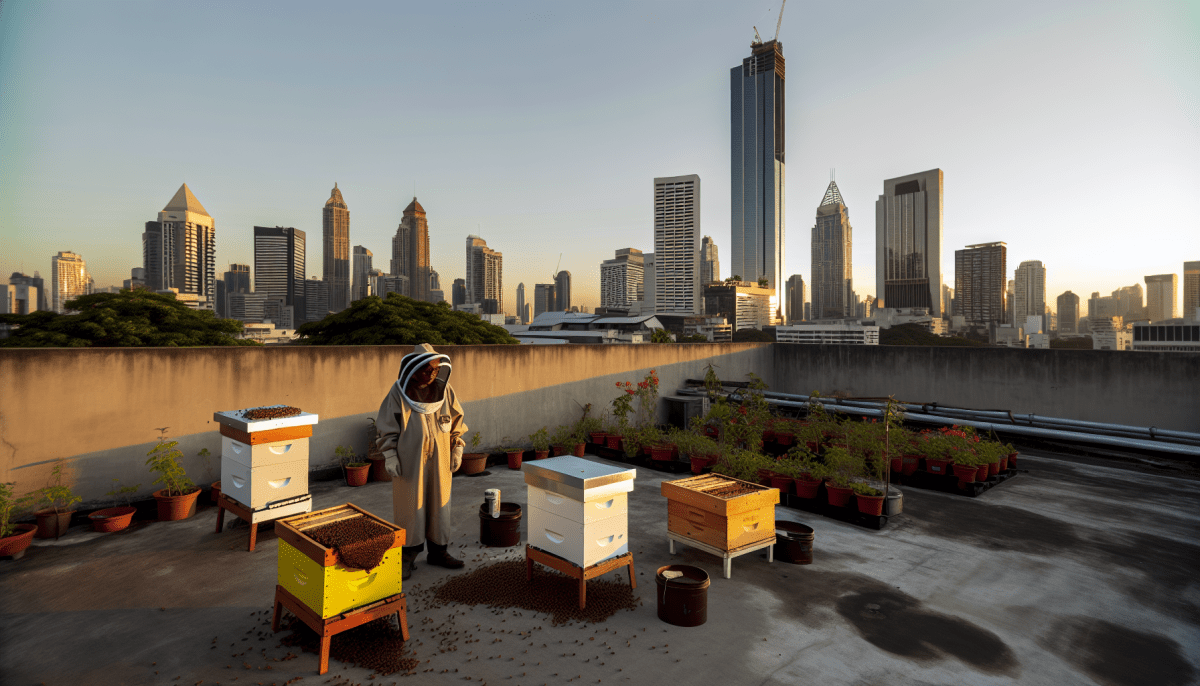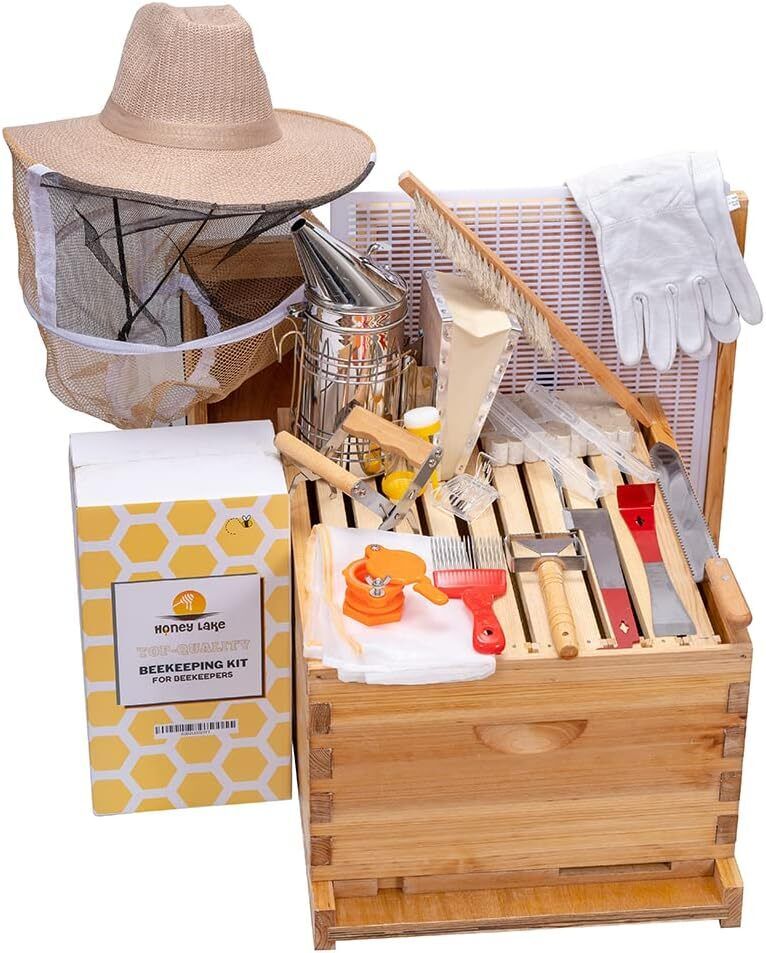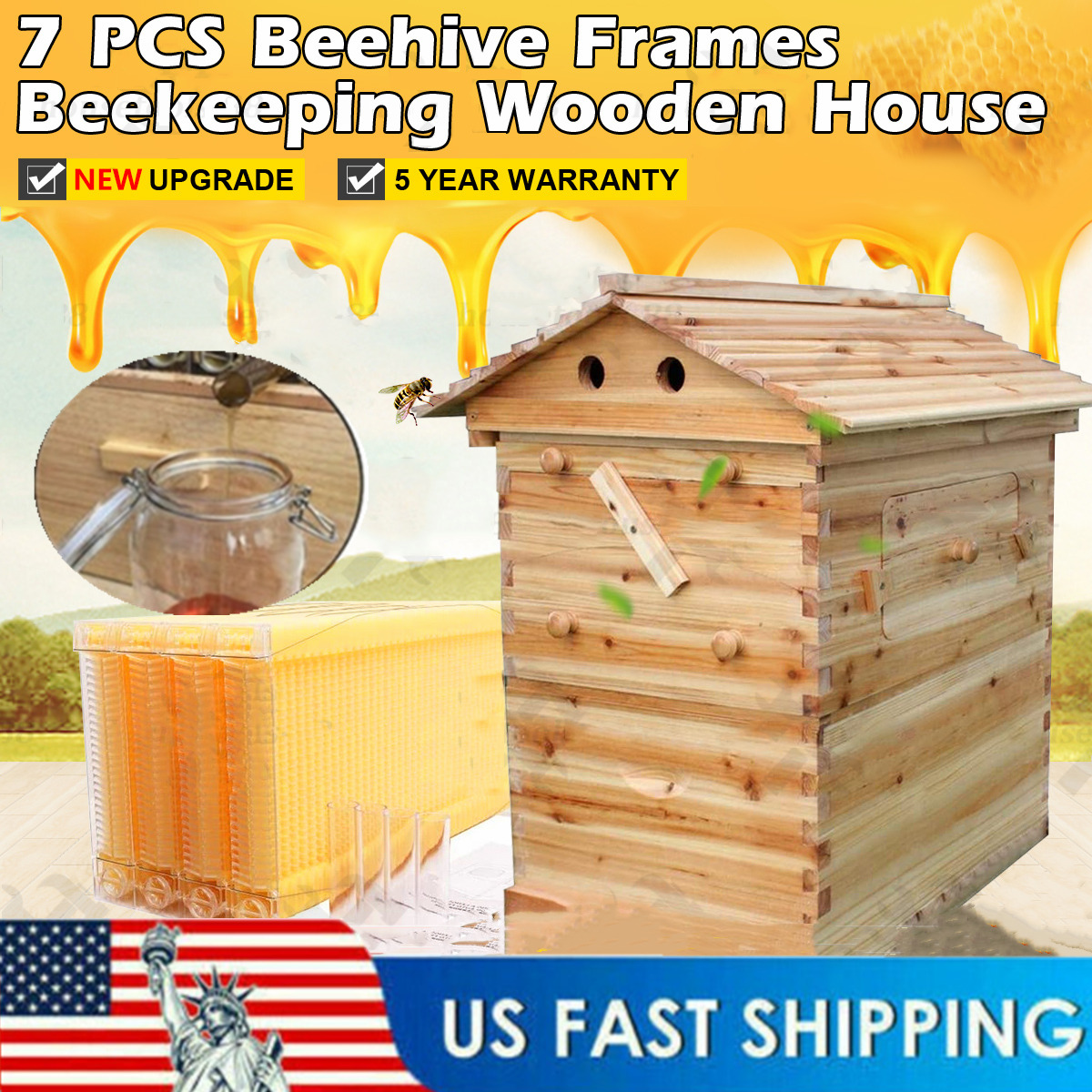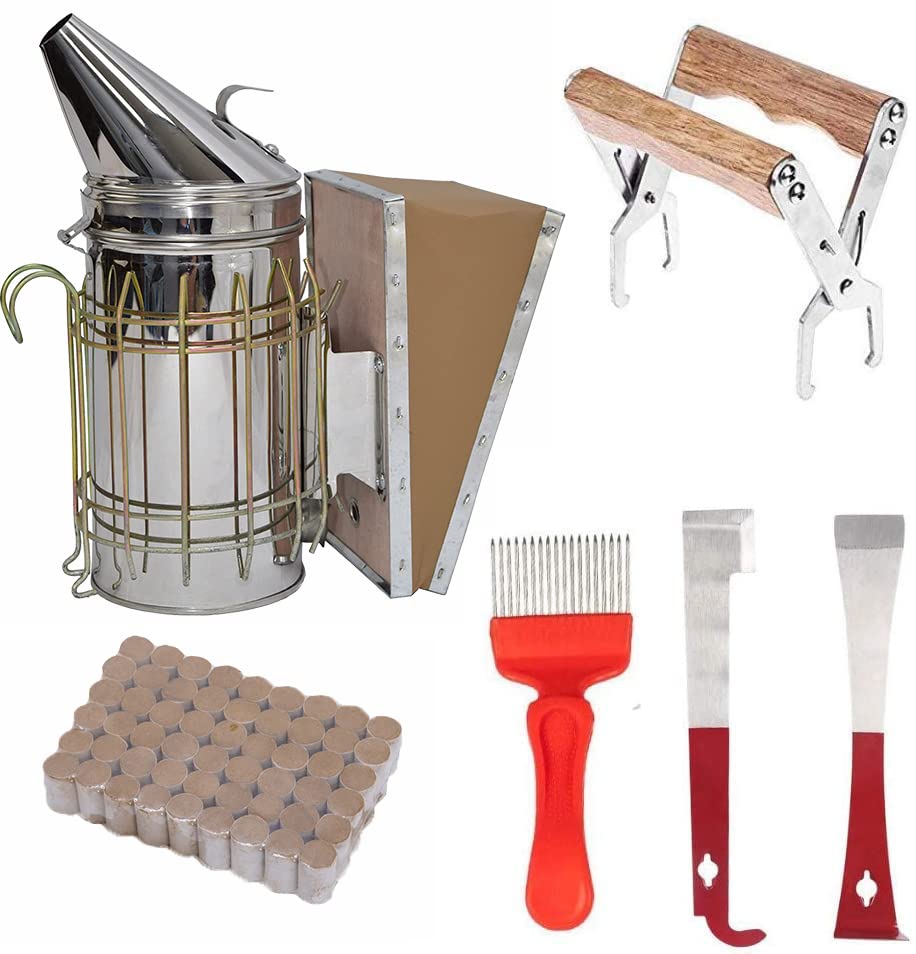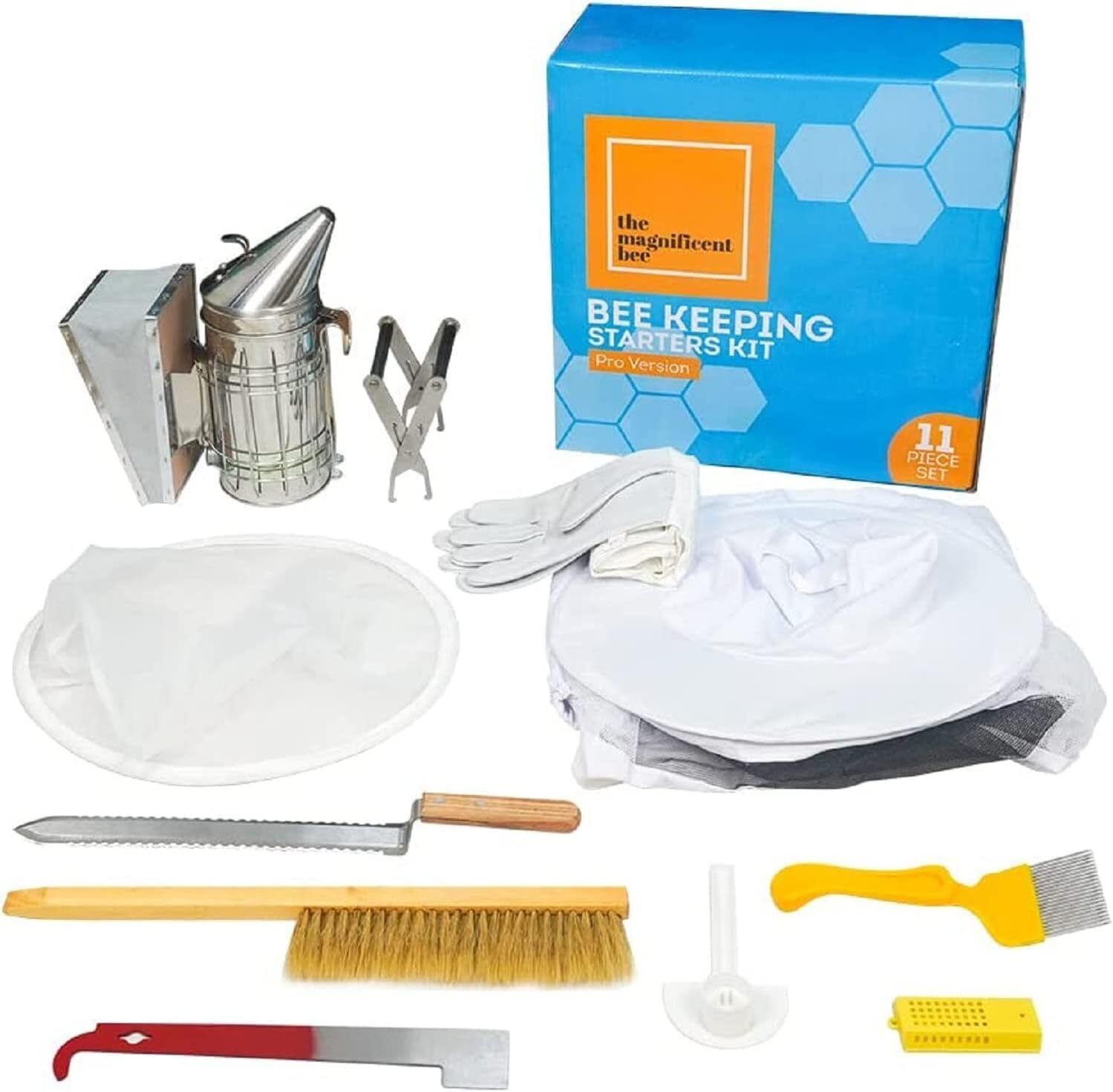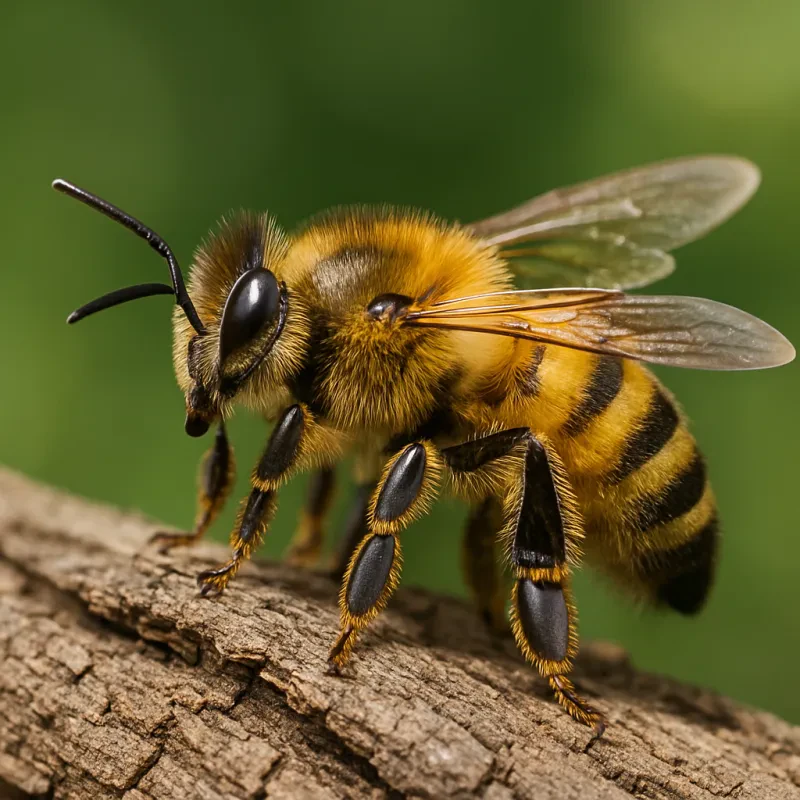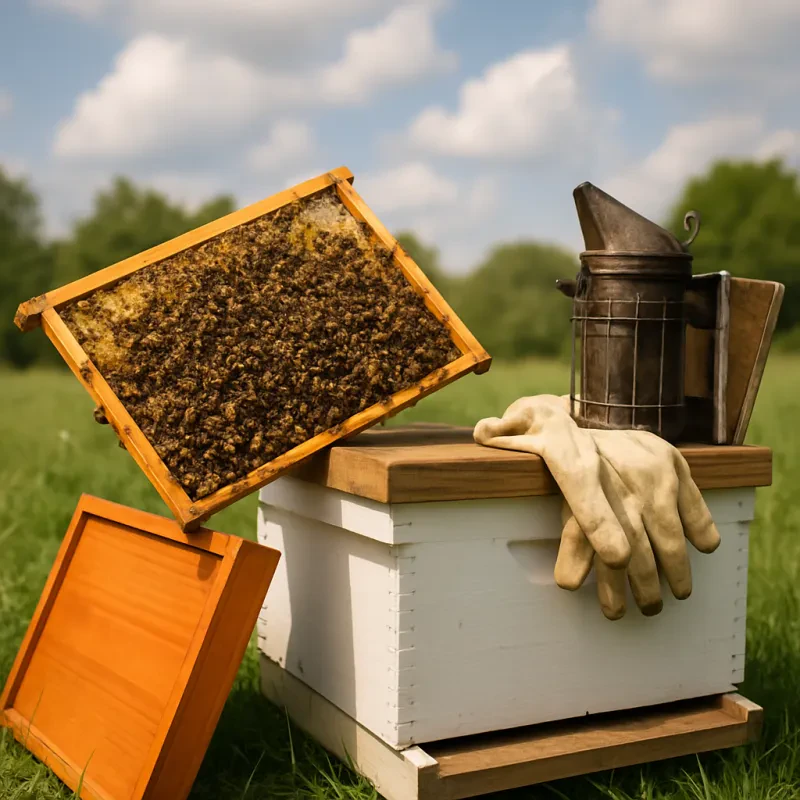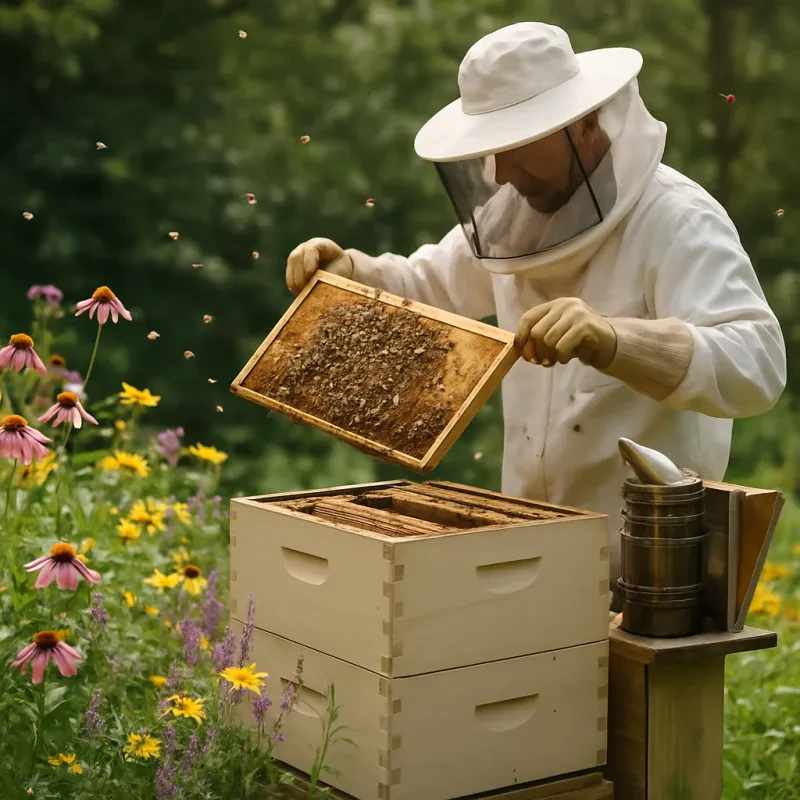Urban beekeeping, also known as city beekeeping, is on the rise as more people seek sustainable, eco-friendly hobbies that benefit the environment and produce sweet rewards. Despite what many assume, honeybees can thrive in big cities just as well as, if not better than, in rural areas. This comprehensive guide will walk you through the essentials of city beekeeping, including tips for getting started, best practices, and how to keep your bees healthy and happy in an urban environment.
Why City Beekeeping is Gaining Popularity
1. Environmental Benefits
Bees play a critical role in pollinating plants, and urban gardens need them just as much as rural crops. City beekeeping helps support biodiversity, strengthens local ecosystems, and improves the health of community gardens and green spaces.
2. Better Forage Diversity
Urban environments often offer a surprising variety of flowering plants, trees, and gardens. This diversity provides honeybees with a steady, pesticide-free food source throughout the growing season.
3. Increased Awareness
As awareness about the declining bee population grows, many urbanites are stepping up to support pollinators. City beekeeping allows individuals to contribute to conservation efforts in a tangible way.
Getting Started: What You Need to Know
1. Know the Laws and Regulations
Before you bring bees into your city space, research your local beekeeping regulations. Some cities require permits or registration, and others have zoning laws that restrict hive placement. Check with your municipal government or local beekeeping association.
2. Choose the Right Location
Look for a sunny spot with some protection from the wind. Rooftops, balconies, and backyards can all work well. Just ensure there's enough space for the hive and that it's placed away from high-traffic areas. Consider your neighbors, and make sure your bees' flight path doesn’t interfere with shared spaces.
3. Start with the Right Equipment
Essential equipment for city beekeeping includes:
-
Langstroth hive or top-bar hive
-
Bee suit with veil and gloves
-
Hive tool and smoker
-
Feeder (especially for early spring and late fall)
-
Bees! (usually purchased as a package or nucleus colony)
4. Take a Beekeeping Class
It’s crucial to understand bee biology, hive management, and common issues like swarming or disease. Look for classes offered by local beekeeping clubs or community colleges. Online courses are also widely available.
Tips for Successful City Beekeeping
1. Manage Your Hive Regularly
Inspect your hive every 7-10 days during the active season. Look for signs of a healthy queen, brood patterns, honey stores, and any pests or diseases.
2. Be a Good Neighbor
Good communication goes a long way. Inform your neighbors about your bees, answer their questions, and offer them a jar of honey as a peace offering. Planting a small pollinator-friendly garden can also help show your commitment to the community.
3. Provide a Water Source
Bees need water to regulate the temperature of the hive and to dilute honey for feeding. Provide a shallow water source with pebbles or floating corks so they can land safely.
4. Avoid Using Pesticides
Keep your own garden organic, and educate your neighbors if possible. Bees are highly sensitive to chemicals commonly found in insecticides and herbicides.
5. Control Swarming
Swarming is a natural behavior but can alarm neighbors. Regular inspections and proper hive management can reduce the likelihood of swarming. Splitting your hive in spring is an effective way to manage colony size.
6. Prepare for Winter
Urban bees still need winter prep. Ensure your hive is well-ventilated and insulated, and consider feeding them sugar syrup or fondant if honey stores are low.
Common Challenges and How to Overcome Them
1. Limited Space
City dwellers often face spatial limitations. Compact hives and creative placements (like rooftops) help maximize space. Vertical gardening and container plants can also enhance forage options.
2. Urban Heat
Cities can be heat islands. Make sure your hive is shaded during the hottest part of the day and has access to water. Consider using light-colored hives to reflect sunlight.
3. Vandalism and Theft
Urban beekeepers sometimes face security issues. Lockable hive stands, placing hives out of sight, and even surveillance cameras can help deter trouble.
4. Pollution
Air quality can affect bee health, although bees are surprisingly resilient. Providing clean water, reducing nearby pollutants, and choosing hive locations away from traffic-heavy areas can help.
Creating a Bee-Friendly Urban Garden
Even if you’re not ready to start your own hive, you can still support urban beekeeping by creating a pollinator-friendly garden. Choose native plants, herbs, and wildflowers that bloom in succession throughout the season. Some great options include:
-
Lavender
-
Sunflowers
-
Bee balm
-
Echinacea
-
Mint
-
Borage
-
Zinnias
-
Thyme
Avoid hybrid flowers with little nectar and always steer clear of treated seeds and plants.
The Sweet Rewards
City beekeeping doesn’t just support the environment—it comes with tangible benefits:
-
Local, raw honey with unique urban floral profiles
-
Beeswax for candles, lip balms, and more
-
A deeper connection to nature and food systems
-
Community engagement through education and honey sharing
Conclusion: Is City Beekeeping Right for You?
If you have a curious mind, a little outdoor space, and a commitment to learning, city beekeeping might be the perfect hobby. It offers the chance to support pollinator health, produce your own honey, and build stronger ties with your urban community. While it comes with unique challenges, the rewards—both sweet and societal—are well worth the effort.
Whether you’re a rooftop gardener, a balcony enthusiast, or just someone looking to make a positive environmental impact, urban beekeeping invites you to step into a world that buzzes with life, purpose, and possibility.
